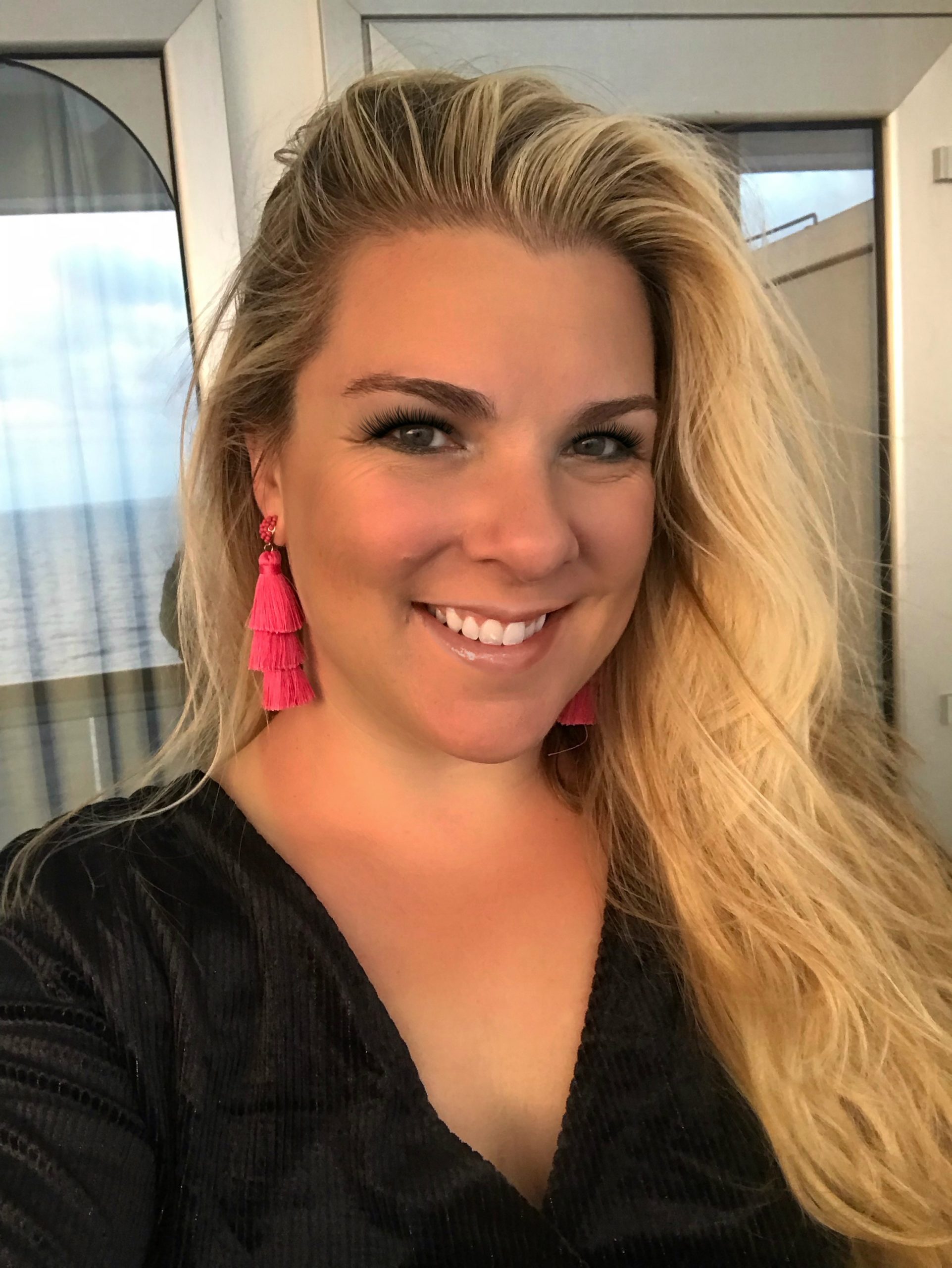 Obviously you are using your leg muscles when you run – but which ones are really doing the work? Well, it depends on what type of run you are doing. Each type of run (see below) works your muscles differently and and may target one group more than the other. Also, the type of muscles you have can make a big difference in which distance you excel at. Typically, people with a higher percentage of fast twitch muscle fibers do better at sprints and other things (weight training, etc) that require short bursts of energy. Long distance runners and people with more stamina typically have more slow twitch muscle fibers. What’s the difference? Well, mainly how the muscles use oxygen for fuel. Your fast twitch muscles barely use oxygen at all and can even perform without you taking a breath (like during a very short sprint).
Obviously you are using your leg muscles when you run – but which ones are really doing the work? Well, it depends on what type of run you are doing. Each type of run (see below) works your muscles differently and and may target one group more than the other. Also, the type of muscles you have can make a big difference in which distance you excel at. Typically, people with a higher percentage of fast twitch muscle fibers do better at sprints and other things (weight training, etc) that require short bursts of energy. Long distance runners and people with more stamina typically have more slow twitch muscle fibers. What’s the difference? Well, mainly how the muscles use oxygen for fuel. Your fast twitch muscles barely use oxygen at all and can even perform without you taking a breath (like during a very short sprint).
Can  you increase the percent of short twitch or fast twitch muscles? Not really. You are born with a certain amount of both and for most people, it’s about 50/50. For certain athletes, they may have a higher percentage of one or the other, so that makes them excel at their particular sport. So, what if you really want to be a sprinter but think you don’t have the right muscle fibers? Well, you have to work at it! You can’t really change the type of fibers you have, but you can make the muscles that you do have stronger. So, if you are wanting to do more fast twitch activities like sprinting or weight training, then focus on those muscles and improving your speed and strength with those activities. If you want to run a marathon or work on your endurance, then practice adding endurance and distance into your routine each week so that your slow twitch fibers get stronger.
Regardless of what distance you WANT to excel at – it’s a good idea to incorporate a little of every distance and style of running into your routine, but just make your goal distance the priority. For instance, right now I’m training for the Houston Marathon. So, I do incorporate 1 speed day a week (a short tempo run or even a day with sprints) and even a hill day. But, my priority is building endurance – so my most important run of the week is my long run and how I recover from that.
As I said above, you are technically working all of your leg muscles during each of these runs, but just some more than others. Everyone is different, but below is where I typically feel my legs working the most and where I Â am the most sore after a hard run:
Sprints: Quads, hamstrings and calves.
Short Distances (5k): Quads and hip flexors.
Hill Workouts: Glutes, hamstrings and calves.
Medium Distance (10k-Half Marathon): Hamstrings and quads.
Long Distance (Marathon+): All over tiredness and a little of each. You never know when you run this far! When I’m super tired or at mile 20+ I start to feel my glutes activate for extra power. I also feel my core working more – because it acts to stabilize your body and keep you upright. After previous marathons I also feel soreness in my upper back (from swinging my arms for so long) and some in my feet and calves from the pounding.
To get stronger (regardless of what distance you want to run), I would recommend adding in at least 2 days of strength training to target these areas. Also, try to work each leg independently at least 1 day a week so that you can discover any imbalances and make both sides strong.
Glutes: They stabilize your hips and legs and help give you extra power. They also work with the hamstring and hip flexors when your leg retracts behind you preparing to propel forward. Try sumo squats, regular squats, the “clam” and walking lunges.
Quads: They propel you forward and help straighten out the leg in front so that it can make contact with the ground. Quads are the primary muscle used in the “drive” phase. Do leg lifts, leg extensions (machines at the gym are good for this), squats and lunges.
Calves: They give you spring in your step and also act as shock absorbers. Try calf raises.
Hamstrings: They help pull the leg back behind you and give you the strength to propel your body forward.  They have to lengthen quite a big when you run, so be sure to include flexibility every week. Do hamstring “pushups”, deadlifts and lying leg curls + stretches (or yoga!).
Core: Strong abs and back are important because they keep your posture upright and overall form good. Do regular crunches, v-ups and focus on planks which work all your core muscles.
Biceps: You need good biceps to maintain a bent arm and they help you swing your arms back and forth. Try regular bicep curls (use medium weights), hammer curls and curls with a resistance band.










